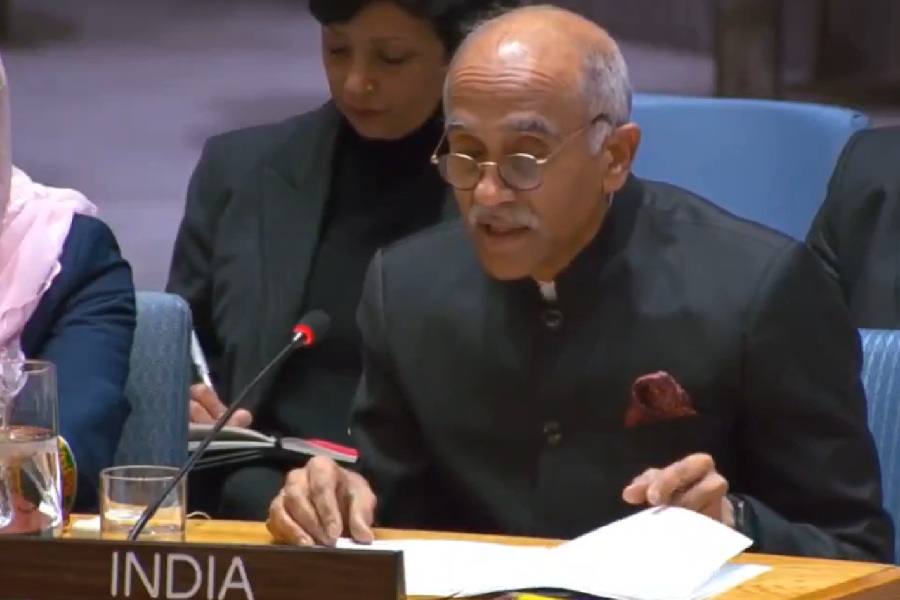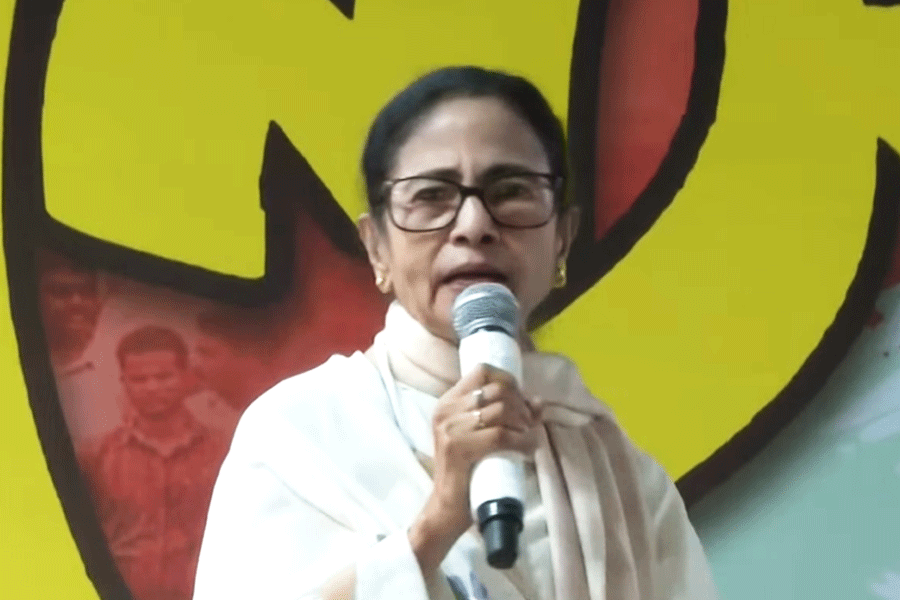Heavy rains and floods have been recorded in multiple states in North India over the past few months revealing a troubling reality. While India has built a formidable cyclone early warning system, there are critical gaps in our ability to provide flood alerts. A recent study by the Council on Energy, Environment and Water noted that while the whole of India’s cyclone-exposed population is covered by early warning systems, only 33% of the flood-exposed population is covered by these. India endured over 300 extreme climate events in the past two decades. In this battle against escalating climate extremes, EWS are becoming a crucial tool for disaster risk reduction.
EWS reduce life loss from extreme weather events as well as economic loss by alerting at-risk communities in time. Our findings show that 66% of individuals in India are exposed to extreme floods — that’s two out of every three Indians. Bridging the gap in flood EWS coverage is thus crucial. The Central Water Commission has set up 331 flood monitoring stations and issues approximately 10,000 flood forecasts annually. However, with India experiencing erratic weather patterns and an increase in extreme flood events due to climate change, it is necessary to expand the reach of flood EWS to a wider constituency.
Cyclone EWS have demonstrated remarkable effectiveness in recent years, leading to successful evacuations and reduced loss of life during Cyclone Phailin, Cyclone Fani and, most recently, Cyclone Biparjoy. The high success rates of cyclone EWS can be attributed to three main factors: comprehensive coverage of cyclone-prone areas; investment in advanced technology for accurate storm predictions; and widespread dissemination of warnings to facilitate early action.
To achieve the same level of effectiveness as cyclone EWS, the following measures should be implemented.
First, state governments must prioritise investments in regional, real-time flood monitoring microsensors. This will enable accurate and real-time data collection, which can support the CWC to enhance the precision and the specificity of flood forecasts. For example, the Karnataka State Natural Disaster Management Centre has installed 132 water-level sensors in areas vulnerable to flooding in the state to find a technology-driven solution to urban flooding.
Second, Indian governments need to ensure strong involvement of communities as it scales up multi-hazard early warning systems for floods. MHEWS have the ability to warn of one or more hazards, increasing the efficiency and consistency of warnings. By leveraging the involvement of communities in these systems, last-mile connectivity and efficient information dissemination can be achieved. A study from Nepal indicates that the benefit-cost ratio for investing in community-based flood EWS ranges from 24 to 73 for every Nepalese rupee spent, making it a worthwhile endeavour.
Third, the government should actively encourage collaborations with the private sector to bring in state-of-the-art technology. Assam, Bihar, Maharashtra and Tamil Nadu have already set a commendable example in this regard. Public-private partnerships help facilitate innovation and scaling of technological solutions for disaster risk reduction. Involving private companies could also help mobilise funds, especially for regional flood early warning initiatives along with exploring AI-powered EWS solutions.
Fourth, funds should be channelled to make flood early warnings more impact-based. To bolster flood preparedness and mitigate its impacts, a substantial portion of the proposed Rs 15,000 crore fund for the Flood Management and Border Area Programme in India should be allocated to the development of impact-based flood early warning systems. A more integrated effort to mainstream funds into building robust systems that can accurately forecast floods at least 48-72 hours before the event occurs will allow enough time to move people to safety.
India leads the way in advocating early warnings for cyclones. Now it needs to champion impact-based, people-centric multi-hazard early warning systems for floods.
Shreya Wadhawan is a Programme Associate at the Council on Energy, Environment and Water










